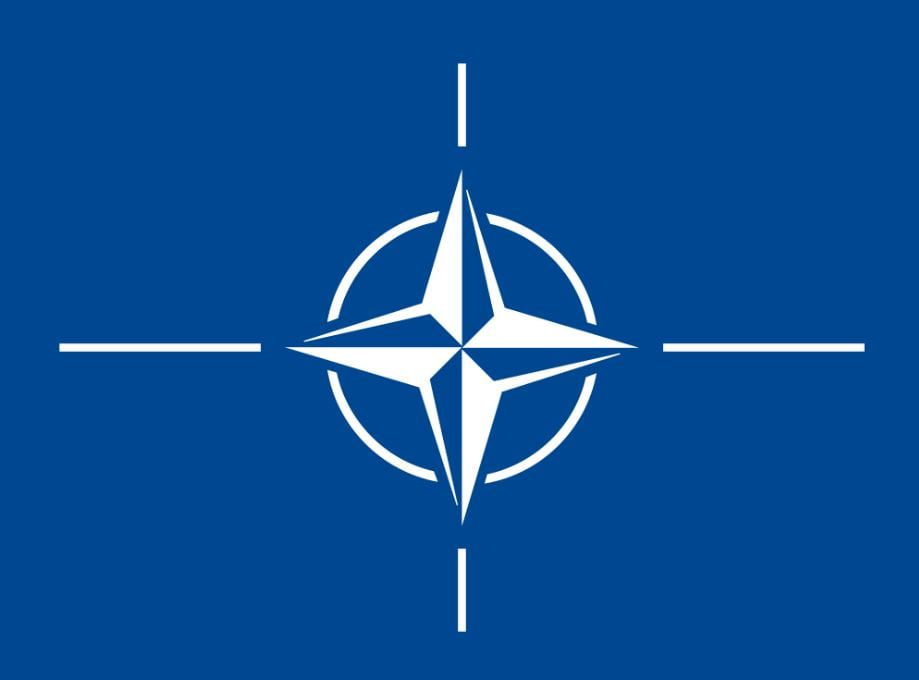Reshaping NATO: A Bold Blueprint for European Defense Autonomy
As NATO commemorates its 75th anniversary, the alliance stands at a pivotal crossroad, grappling with the question of its future role in a rapidly evolving geopolitical landscape. Founded on principles of collective defense and mutual security, NATO’s current structure reflects a bygone era where American leadership and military prowess dominated European security dynamics.
Eisenhower’s Vision Revisited: A Call for European Responsibility
General Dwight Eisenhower, NATO’s inaugural supreme allied commander Europe, envisioned a future where European nations would reclaim their military autonomy. His vision, articulated in 1951, emphasized the temporary nature of American military presence in Europe, foreseeing a time when European nations would stand on their own military feet.
The Current Landscape: A Disproportionate Burden
Today, despite Eisenhower’s vision, approximately 90,000 U.S. troops remain stationed across Europe, constituting a significant portion of NATO’s operational force. This enduring presence underscores America’s outsized role in European defense, a role increasingly questioned amid shifting global priorities and emerging threats.
The Economic Imperative: Shifting Priorities and Global Realities
The debate over NATO’s future is not merely ideological but economic. With the United States allocating substantial resources to European defense—contributing a disproportionate share compared to its allies—the economic strain raises pertinent questions about sustainability and fairness within the alliance.
Towards European Self-Reliance: A Strategic Imperative
In light of mounting geopolitical challenges, including the rise of China and renewed assertiveness from Russia, there is an urgent need for European nations to bolster their defense capabilities independently. This shift is not only a strategic imperative but also a response to evolving U.S. foreign policy priorities and domestic pressures.
Political Realignment: European Leaders’ Call for Action
Foreign Minister Espen Barth Eide of Norway emphasizes the necessity for European nations to assume greater responsibility for regional security. During recent diplomatic engagements, European leaders have acknowledged the imperative to reduce reliance on American military support, particularly in light of competing global priorities.
A Path Forward: Achieving Defense Autonomy
While progress has been made—23 NATO members committing to spend at least 2% of their GDP on defense—significant gaps persist. The NATO summit is poised to address these disparities, underscoring the need for a cohesive strategy that enhances European defense autonomy while preserving the alliance’s collective security framework.
Historical Context: From Marshall Plan to Modern Realities
NATO’s evolution from a post-World War II security pact to a cornerstone of transatlantic security underscores its historical significance. Initially conceived to safeguard against Soviet expansionism, NATO’s role has evolved in response to geopolitical shifts and internal European dynamics.
Structural Challenges: Overcoming Historical Dependencies
The enduring presence of U.S. troops in Europe stems from complex historical legacies, including post-war reconstruction efforts and Cold War security imperatives. These factors have entrenched American military influence in Europe, shaping alliance dynamics and defense procurement policies.
Economic Realities: The Cost of Dependency
Economically, NATO’s reliance on American defense expenditures has fueled transatlantic tensions and debates over burden-sharing. As European nations strive to enhance their defense capabilities, the economic implications of continued dependency on American defense contracts remain a critical concern.
Toward a Unified Strategy: Aligning NATO Goals with European Ambitions
The convergence of NATO’s defense procurement plan with the European Defense Industrial Strategy marks a significant step towards aligning transatlantic defense priorities. However, challenges persist in reconciling divergent strategic interests and fostering a more equitable partnership within NATO.
Conclusion: Charting a Course for NATO’s Future
In conclusion, the debate over NATO reform underscores the alliance’s resilience in navigating complex geopolitical realities. As European nations assert greater autonomy in defense matters, the path forward demands a strategic realignment that balances American leadership with European self-reliance. By embracing Eisenhower’s vision of European military autonomy, NATO can evolve into a more cohesive and equitable alliance, capable of addressing 21st-century security challenges.
Summary: Key Learning Points
| Key Points | Details |
|---|---|
| Eisenhower’s Vision | Emphasized European military autonomy within NATO |
| Current U.S. Presence | 90,000 troops stationed in Europe highlight ongoing American influence |
| Economic and Strategic Imperatives | Shift towards European defense autonomy amid global geopolitical shifts |
| Political Realignment | European leaders’ calls for increased responsibility in regional security |
| Path Forward | NATO summit initiatives to enhance defense capabilities and autonomy |
| Historical Context | NATO’s evolution from post-WWII security pact to modern geopolitical ally |
| Structural Challenges | Historical dependencies shaping alliance dynamics and defense policies |
| Economic Realities | Implications of U.S. defense expenditure on transatlantic relations |
| Unified Strategy | Alignment of NATO and European defense priorities for equitable partnership |
| Conclusion | NATO’s future hinges on balancing U.S. leadership with European autonomy |

Sunil Garnayak is an expert in Indian news with extensive knowledge of the nation’s political, social, and economic landscape and international relations. With years of experience in journalism, Sunil delivers in-depth analysis and accurate reporting that keeps readers informed about the latest developments in India. His commitment to factual accuracy and nuanced storytelling ensures that his articles provide valuable insights into the country’s most pressing issues.



